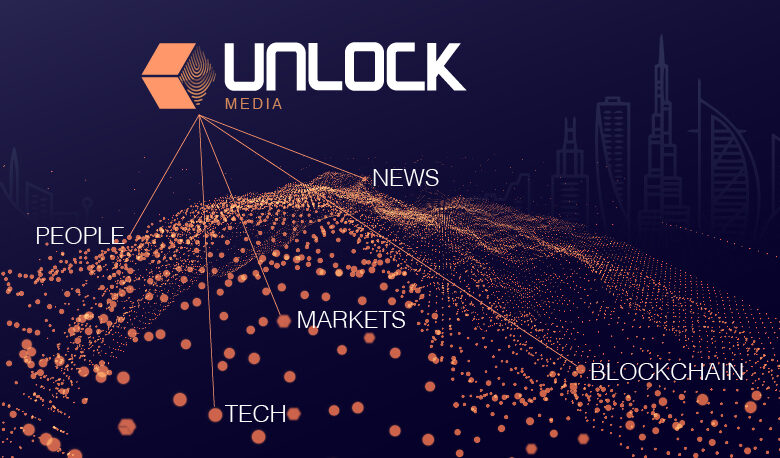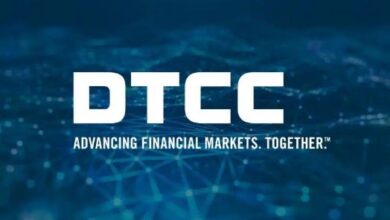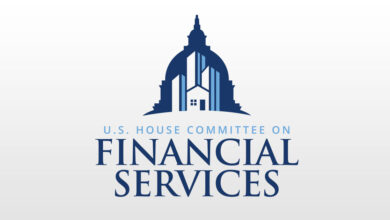MASEx STO Exchange CEO talks about STO regulations

The CEO of MASEx Security token exchange, Mr. Aaaron Tsai recently published an article on medium discussing how regulatory frameworks can build trust and legitimacy for STOs (Security token offerings.) MASEx is a universal STO Exchange that recently received investment from UAE based Gawah Holding.
As he stated in the article, “When Initial Coin Offerings (ICOs) were first introduced in the financial market, no one would have expected them to raise $5.6 billion. However, regulators played a big part in slowing down the ICOs by shooting them down. For example, the Chinese government had a complete ban, and the SEC initiated regulatory actions in some cases. Because of the tightening of compliance procedures in the ICO space, companies began shifting their focus towards a new form of fundraising: the Security Token Offering (STO).”
He adds, “It is no exaggeration that any asset on earth can be tokenized. This includes all tangible and intangible assets. Gold, land, buildings, equity and debt are only a few of the financial instruments that lend themselves to tokenization.”
Unlike conventional digital tokens used for ICOs, security tokens are backed by real financial assets. This simply means that a security token enables an investor to have a portion of equity ownership from the issuing company. However, what separates it from traditional security is that the issuance is done on the blockchain ledger. Blockchain technology enables the trade and ownership of security tokens similar to cryptocurrencies. For security tokens to gain momentum and scale, it has to have well-defined regulatory frameworks, which will require cooperation between technology platforms, regulators, and the entire STO ecosystem.
The amount of Chinese companies’ financing in the US in 2019 has hit nearly US$7.2 billion, a new high since Alibaba went public in 2014. This includes the recent maturity of a group of innovative technology companies in China in recent years, the lower requirements for corporate profitability in the US listing, the allowable loss stage, the “same equity but different rights” concept, and listing through the VIE structure.
For Chinese companies, being listed in the U.S. capital markets is a good way to raise capital, increase liquidity and gain exposure, due to the maturity of the U.S. capital markets. The main reasons for these companies to go to the U.S. include seeking a smooth listing path, higher market valuations, and broader visibility in the US capital market. Especially the U.S. capital markets have the most abundant capital of investors from all over the world market.
There are many ways to go public in the United States. The two main methods are Initial Public Offering (IPO) and the backdoor listing by reverse merger with a public shell company. The advantage of IPO is directly on the mainboard. When the company is listed, it gets a large amount of financing, but the downside of this is the lead time, which is about one to two years. Also, large-scale IPOs require powerful underwriters, while small and medium-sized enterprises listing in the United States need professional and experienced listing consultants to assist in planning and implementation.
There are constraints in terms of timeliness and ease by which companies can get listed either through IPO or other backdoor methodologies, that’s why alternative means of financing through decentralized finance have risen in the past years. Whether it’s through ICO or STO, it has innovated the way businesses and investors raise capital.
When investing in ICO, profits gained on the investment is through utility in the company’s platform or by the appreciation in the value of the token. However, when investing in STO, investment value is directly tied to the value of the company, gaining cash flow in the future and potential dividend or potential right to vote that comes with the security. And because security tokens are backed by external assets, it gives them value as soon as they are issued. Utility tokens, on the other hand, gain value by mere speculation until the platform that it is based on has matured.
In comparison, an ICO is more like a Kickstarter or a Gofundme crowdfunding campaign while securities are more like professional investment in stocks. STOs can seriously improve the crypto market’s image when it comes to raising capital. They can create dedicated black and whitelists that help in assisting with certain regulatory requirements like anti-money laundering and know-your-customer.
Security tokens, which tokenize tangible and intangible assets, such as corporate equity and debt, will revolutionize capital raising via Security Token Offering (STO). Investing in projects and secondary trading of security tokens will break-down the jurisdictional barrier on a global basis. The crypto tokens and security tokens will also integrate the unbanked into the global security token investment.
Security tokens are tied to real securities that represent tokenized assets. As such, they are a lot more stable and credible than ICOs. Since security tokens are already compliant, they don’t need to suffer from government interference in the future.
ICOs have raised large amounts of money that they have also attracted tons of fraudulent companies. In fact, the number of fake ICOs has increased such that it has affected the overall value of the global ICO market. Since the actual requirements of creating ICOs are non-existent, it is very easy for literally anyone to create an alluring white paper and raise millions of dollars with little-to-no accountability.
This is why regulatory frameworks are necessary for establishing the use of digital assets and digital securities for investment and capital raising. The lack of regulation and compliance procedures is blocking the security tokens and security token exchanges. Without proper regulation, security tokens can’t reach maximum potential. Regulators and governments should allow Issuers and industry participants to experiment with the STOs and focus on fraud prevention, and not to limit the use of the new technologies.
The utilization of crypto tokens for the trading of securities is an innovative approach. This revolutionizes the industry, with the ease of token transfer globally, 24/7 trading of security tokens on exchanges and T+0 settlement or transfer of the security tokens.
With MASEx users can trade all asset classes, both tangible and intangible, such as stocks, bonds, REITs, funds, commodities, FOREX, and digital assets. Investors will only need to open one account to trade any asset that has been tokenized by the Issuer. The Universal Board, MASEx’s highest level of the stock board, will enhance transparency with the introduction of a monthly reporting system, using a cloud-based internal control and accounting system. MASEx also plans to utilize AI to conduct continuous due diligence on companies and provide customer services in the near future.
There is an increasing number of STOs globally as there are over 60 STOs that are either active or upcoming in 2020. Aside from that, the companies intending to raise funds are starting to realize that accredited investors and funds are more inclined on security tokens instead of utility tokens, because of the values possessed by the security tokens.
STOs have been successful in real estate projects in the US and Europe, where investors around the world can buy a fractional piece of commercial property in New York City for example, without leaving his or her country and buy or sell simply with initiating a trade on the exchange.
In the not so distant future, STOs will become bigger than ICOs. These tokens will be legal, regulated and one can invest in them with the absolute expectation of returns. These returns won’t be influenced by other cryptocurrencies market price, but with business profitability or the asset underlying the token, which is healthy for the digital economy.




